E-Commerce Conversion Rate Optimization Guide
Glory-Anna Oshafi
Your website acts as a skilled salesman, working tirelessly 24/7 to convert visitors into qualified leads and paying customers. If your website is not doing this conversion —turning visitors to leads/customers— efficiently, you might miss out on a massive ROI. But, hey! It’s not too late to turn the wheels around and get your website to work efficiently. The game changer is a technique called Conversion Rate Optimization (CRO). With CRO tactics in your arsenal, you can optimize your website to encourage visitors to take desired actions.
If you don’t know where to start, fret not. This article will share some proven strategies for e-commerce growth through conversion rate optimization.
Ready to kick your e-commerce growth up a notch? Let’s start with the basics.

What Is Conversion Rate and What Is Conversion Rate Optimization?
Conversion rate measures how effectively your website turns visitors into qualified leads. It’s simply the percentage of your website visitors who take the desired action. The action could range from filling out a form, purchasing a product, or signing up for a service.
Conversion rate is an essential metric in e-commerce. It’s also crucial when calculating the return on investment of your website. It is calculated by dividing the total number of conversions by the total number of web visitors and then multiplying the result by 100.
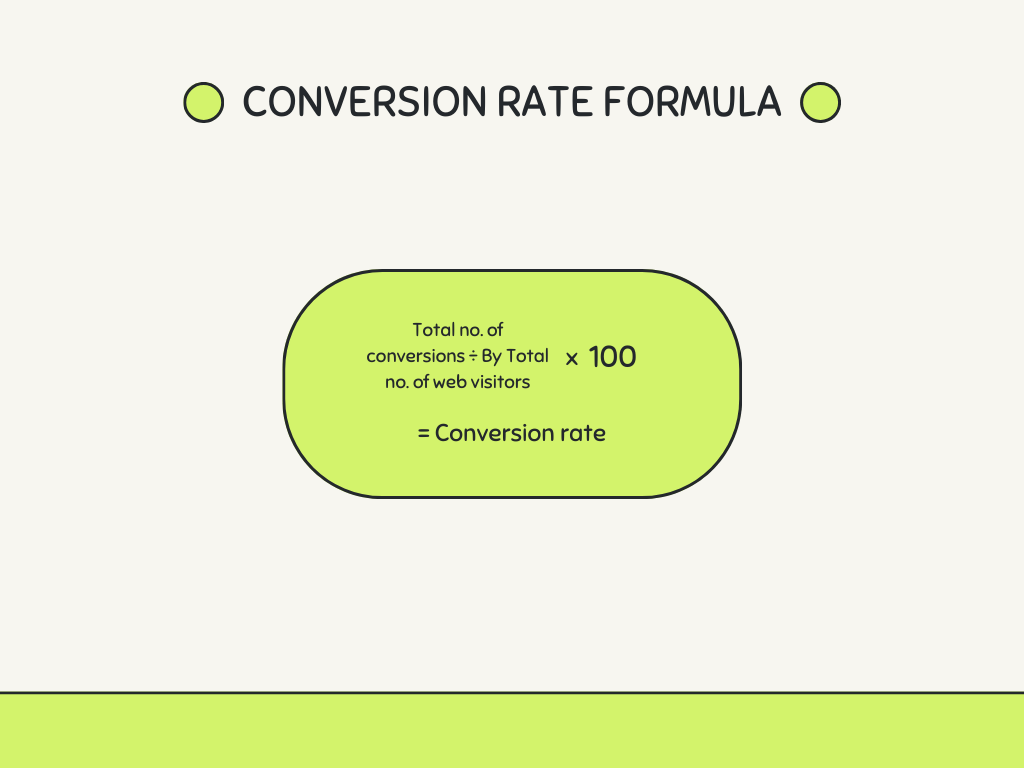
A higher conversion rate means that a higher percentage of your website visitors are taking actions that lead to revenue. In other words, the conversion rate of your website has a great impact on revenue.
Now, let’s address the elephant in the room: “How can I improve my conversion rate?”
This common question brings us to conversion rate optimization.
Conversion rate optimization (CRO) is the process of refining your website’s design, content, and user experience to increase the likelihood of users taking desired actions. The key to achieving this is understanding your target audience, identifying barriers to conversions, and overcoming these challenges.
Let’s look at what CRO entails and what you can gain from employing CRO strategies.
Why Conversion Rate Optimization Matters for E-Commerce
If you run ads to increase website traffic, but at the end of the day, you find yourself with high traffic and a disappointingly low conversion rate, then you’re missing something. Employing CRO tactics will help you create a functional and user-centric website that encourages users to take action and enables you to maximize the value of your marketing efforts.
It is important to note that conversion rate optimization is a continuous process that requires ongoing efforts to improve your website’s performance. In doing so, you’ll need to track some key performance indicators (KPIs) to make necessary improvements over time. Let’s explore these KPIs.
Key Metrics in CRO
Monitoring CRO metrics reveals the points on your website where visitors successfully convert or face challenges. These valuable insights help you refine your web design, messaging, and marketing strategies to guide users toward taking important conversion actions.
There’s just one little hiccup: numerous metrics to track without losing sight of the main goal. Fortunately, we solve that little problem in this section by providing only the most critical CRO metrics that require your attention.
Here are five CRO metrics you need to become an expert at conversion rate optimization:
Macro Conversions
A macro conversion is the action a user takes on your website that serves the primary objective of your business. For example, the macro conversion of an e-commerce business would be making a purchase in most cases.
The macro conversion rate reveals the effectiveness of your website in achieving its primary business goal or objective. You can calculate this metric by dividing the total number of visitors who completed the primary action you want them to take on your website by the total number of website visitors.
Micro Conversions
Micro conversions are the secondary actions a user can take on your website that lead to a macro conversion. An example of a micro conversion for an e-commerce business is adding a product to their cart. The micro-conversion rate is calculated by dividing the total number of users who completed a micro-conversion by the total number of visitors.
This metric is useful for identifying weak points in your sales funnel. For example, if some of your website visitors drop off at a particular page, you’ll need to study the page, understand the barriers visitors face there, and find ways to make it more appealing.
Bounce Rate
Bounce rate is a metric that measures the percentage of people who land on your page and leave without interacting with any other pages or taking further actions. It indicates how engaging your page is and reveals whether or not there is a need for further improvement.
CTA Conversions
CTA (call to action) conversion is a metric that reveals how much your CTA captivates users and encourages immediate action. It’s the percentage of website visitors who clicked directly on your CTA. If this metric is low, you may need to put more effort into crafting a clear and compelling CTA that appeals to users.
User Path
User path analysis is a visual representation of the journey users take from the moment they visit your website until they leave. This metric helps you understand how intuitive your website is so that you can make adjustments where necessary.
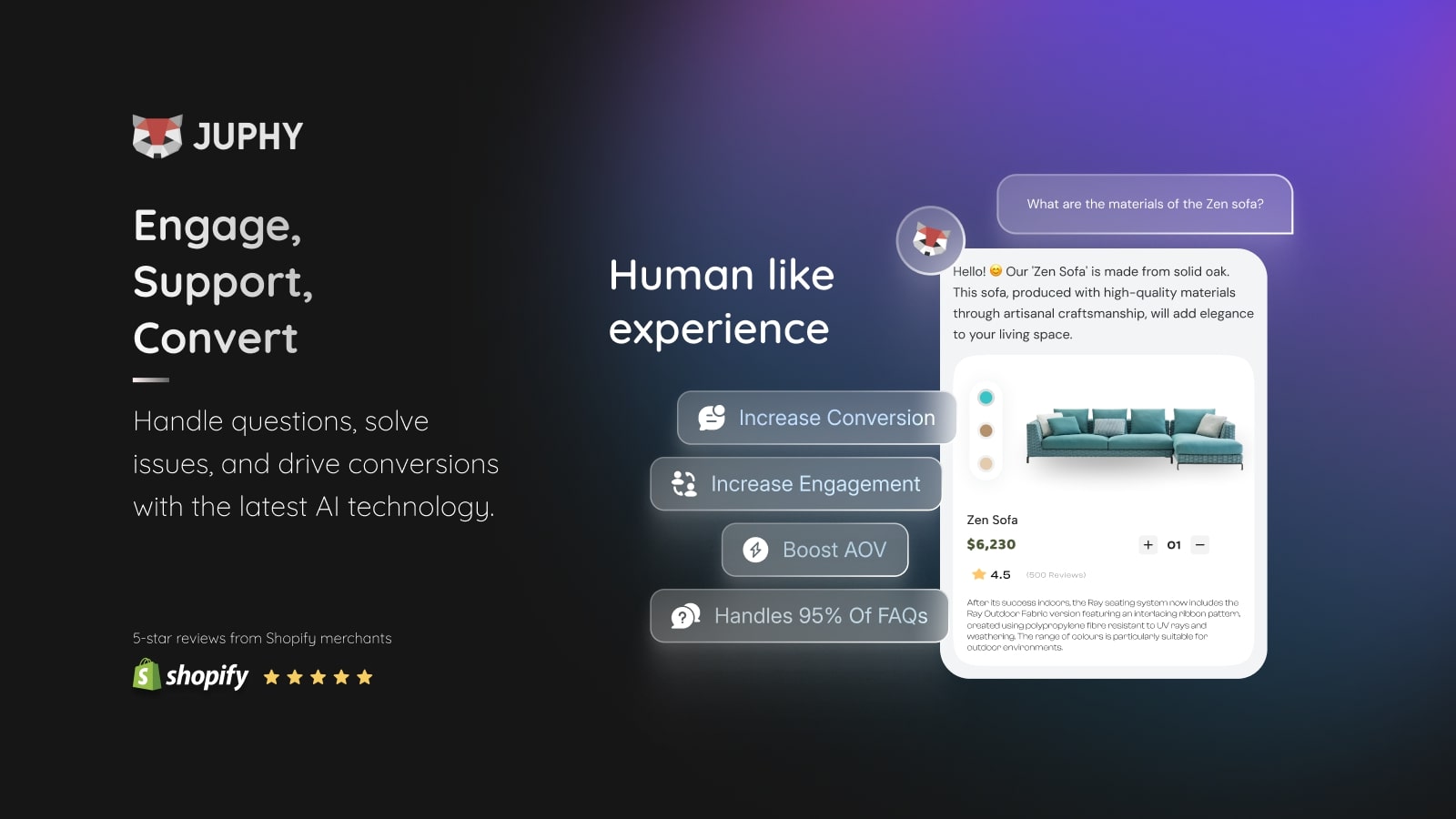
Fundamentals of E-Commerce Conversion Rate Optimization
We already established that CRO involves everything you need to do to increase your conversion rate. In the e-commerce universe, this translates to boosting sales because the endpoint of every e-commerce business is to make more sales.
Some businesses focus on getting more website visitors and neglect the critical task of optimizing their website to make more conversions. Even companies that know about CRO may be unaware of what changes to make to achieve their goal.
The key to higher conversion rates is to;
- Understand your visitors and traffic source
- Gain insights into the barriers that make visitors leave
- Create hooks to encourage conversion
Before we delve into the CRO strategies for your online store, we need to cover certain concepts in the upcoming sections.
The Conversion Funnel Explained
The conversion funnel in e-commerce refers to all the stages customers go through leading to a purchase. Understanding this funnel is essential for e-commerce businesses to optimize their websites for higher conversions.
The conversion funnel takes the shape of a regular funnel. The decline at the end shows that the number of people at the top of the funnel reduces as it goes further in the buyer’s journey. Usually, the funnel is divided into different levels. Here’s an example of a simple conversion funnel:

Awareness: The awareness level occupies the top of the funnel. This level is where you have the most significant volume of people. It’s the stage where potential customers become aware of your products and services.
Interest: The next stage is the interest stage, where visitors start showing genuine interest in your products.
Desire: Here, you make efforts to build desire for your products and establish trust by providing more details about your brand, including product reviews, specifications, and targeted marketing content.
Action: This is the final stage, and it’s the stage where conversion happens. Until this point, your website visitors make micro-conversions (small steps leading to the primary action). At this stage, the leads are expected to take the primary action, which might be to make a purchase. Fewer people make it to this level relative to the number of people at the awareness stage.
Understanding the conversion funnel will help you identify and address issues at each stage to improve the overall conversion rate.
Identifying Conversion Barriers
Imagine a potential customer visiting your site on their mobile phone only to leave because the site isn’t mobile-friendly. How many conversions are you potentially losing?
If you don’t know the problem, you might never be able to solve it. That is why it’s crucial in CRO to identify the barriers that prevent conversions. The barrier could lie in your product description, web content, navigation menu, and other website components.
A website that isn’t mobile-friendly might also be an obstacle to conversion. People are increasingly utilizing their mobile phones for a variety of tasks these days. GlobalStats reports that over 50% of web traffic came from mobile devices in September 2023.
Overall, various conversion barriers may vary from one site to another. To identify conversion barriers in your site, you can use tools and techniques like heatmaps, user feedback, and session recordings.
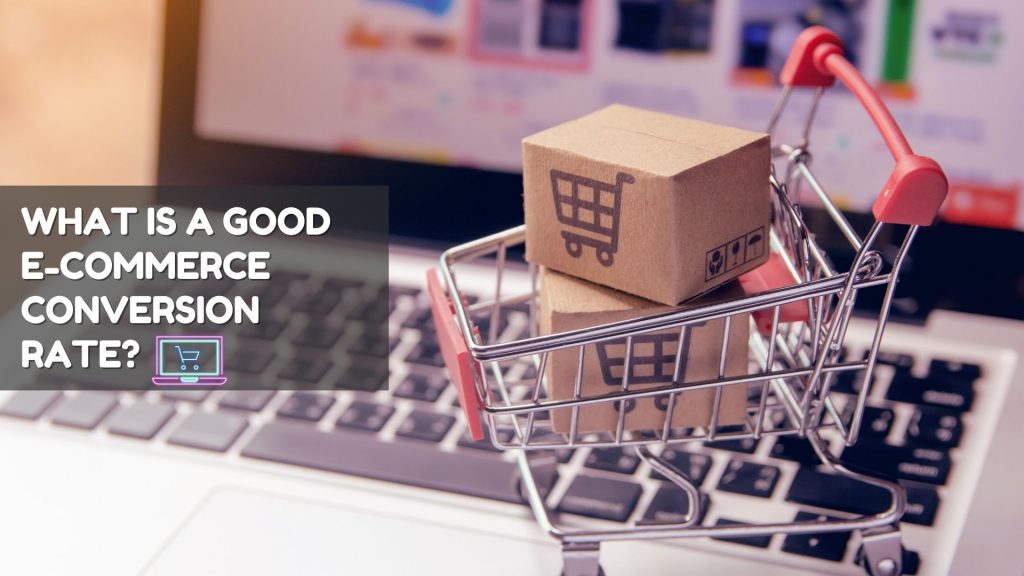
The conversion rate is a crucial metric for e-commerce businesses. Discover average conversion rates and more statistics. Read more now!
User Experience (UX) and Conversion
User experience is simply a visitor’s overall experience when interacting with your online store. It has a significant impact on your conversion rate. The e-commerce space is competitive, and people are spoilt with many options.
Generally, every aspect of your website your customers interact with, even the minutest parts, plays a role in the user experience. Brands with high conversion rates consider each element of the website and optimize it to ensure users’ journey from awareness to conversion is as seamless as possible.
Proven Conversion Rate Optimization Strategies for E-Commerce
If you’re still reading at this point, you can pat yourself on the back as a half-baked CRO guru. Now, it’s time for implementation.
Let’s take you through five CRO strategies that have been proven to work effectively for e-commerce:
A/B Testing for Improved Results
A/B testing, also known as split testing, is a marketing technique where you split your audience and present two versions of your web page to each half. You do this to determine which one performs better in terms of user engagement, conversion rates, or other essential metrics.
The following image shows an example of two product pages with different placements and themes to determine users’ choices.
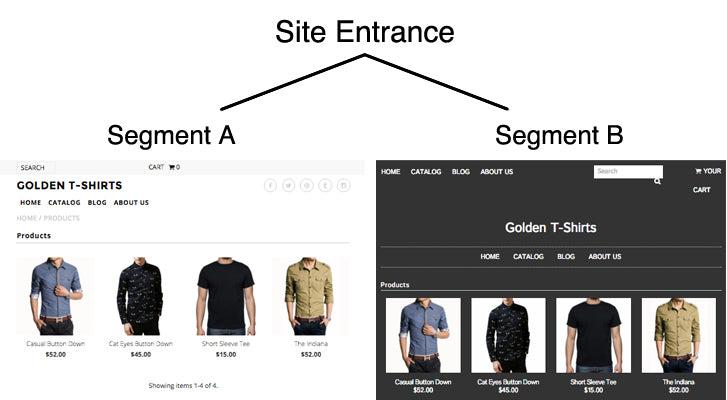
This method will help you test different versions of your web pages, content, design, forms, images, and offers to determine which resonates more with your audience. A health insurance brand in China was able to use the method to increase its conversion rates by 79%. Your business may also record such an increase when you implement this strategy effectively.
Enhancing Product Pages
The product page is one of the pages buyers visit as they move further down the conversion funnel. So, you need to optimize it for conversions.
One of the things you can do is post high-quality visuals. Let potential buyers see your product in detail and from different angles. Take a look at the striking example below:
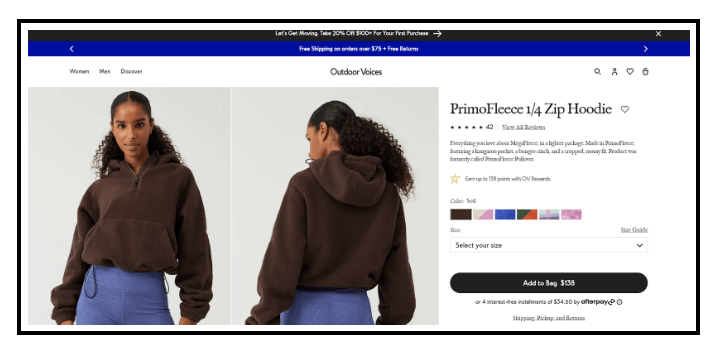
You can also optimize your product pages by improving your offers and their placements on the page. For example, if you offer free shipping on any product, place it close to your add-to-cart buttons to make it hard to miss.
You may also gain users’ insights on improving your product page by setting up a short visitor survey. To get the most out of this strategy, you can place an incentive like a discount to encourage visitors to take the survey.
Streamlining the Checkout Process
A complex or frustrating checkout process can lead to cart abandonment faster than you can say, “Jack Robinson.” So, it’s crucial to streamline the checkout process to avoid missing sales opportunities.
Streamlining the checkout process can involve several tasks, such as allowing guest checkout options. Requiring visitors to sign up before making a purchase can be a stumbling block to making a sale. Additionally, you should minimize form fields.
Online shoppers don’t have that much patience to provide unnecessary information. So, make the checkout form as user-friendly as possible and minimize the fields to only relevant details.
In addition, you can provide a clear, step-by-step progress indicator so that customers can see how many steps are left in the checkout process. A progress indicator will encourage potential buyers to complete the buying process. Here’s a sneak peek of how a progress indicator serves as a visual roadmap:
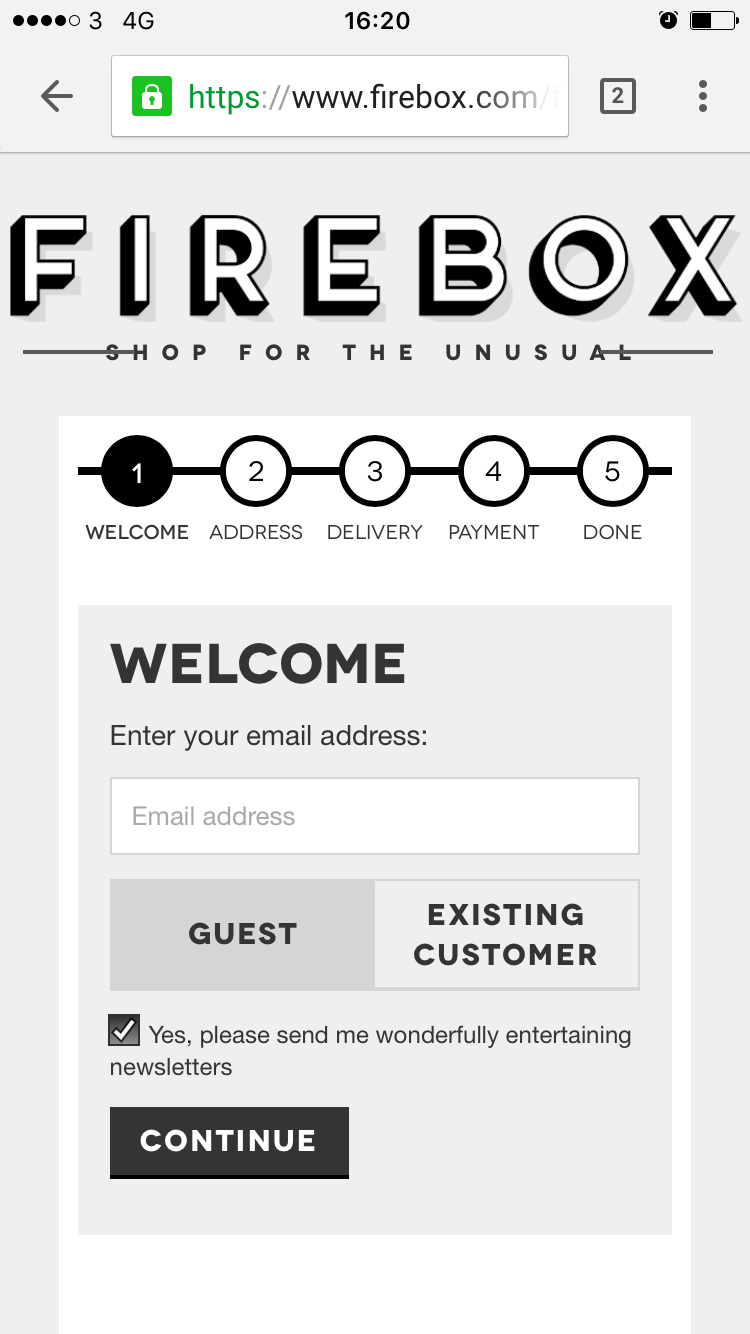
Other ways to enhance the checkout process are offering multiple payment options and conspicuously displaying trust badges and security icons to reassure potential customers of maximum security during payment.
Leveraging Social Proof and Reviews
Social proof, reviews, and testimonials are important in CRO because they help build trust, credibility, and confidence among potential customers. They are your silent weapons to convince visitors that your product is worth their money.
To improve conversions, showcase customer reviews and ratings prominently on your product pages. Positive reviews can influence visitors to make a purchase. You should also display any influential endorsement by a reputable industry.
Top it off by displaying user-generated content to make your brand more authentic and relatable to potential customers.
Mobile Optimization for Better Conversions
An increasing number of people access websites and make purchases on their mobile devices. But to get conversions from mobile traffic, you need to develop a different, mobile-friendly conversion strategy because there’s a difference in the behavior of mobile users and desktop users.
The first thing you should do for mobile optimization is to ensure your website uses a responsive design that adapts seamlessly to different screen sizes and orientations.
Then, you should keep your content concise and use legible fonts. You must also optimize the images for mobile screens and ensure your CTA buttons are large enough to tap easily. You should also simplify your mobile navigation menu. Keep it clear and concise. Keep in mind that the goal is to create a positive user experience.
The Role of Content in Conversion Rate Optimization
High-quality product images and videos, engaging product descriptions, and informative and trustworthy content improve user experience, build trust, and ultimately increase conversion rates collectively.
Here’s how each of these components contribute to CRO:
High-Quality Product Images and Videos
Visually appealing images and videos capture the attention of users and make your product more attractive. They are also essential to advance visitors from the awareness level to the interest level of the conversion funnel. Additionally, quality visuals have an impact on user engagement as users may spend more time exploring your products. These are all necessary for conversions.
Engaging Product Descriptions
When you show users your products through images and videos, you also need to tell them the value and benefits of your products.
See how KONG sells this dog toy by highlighting the benefits of the product to prospective buyers:
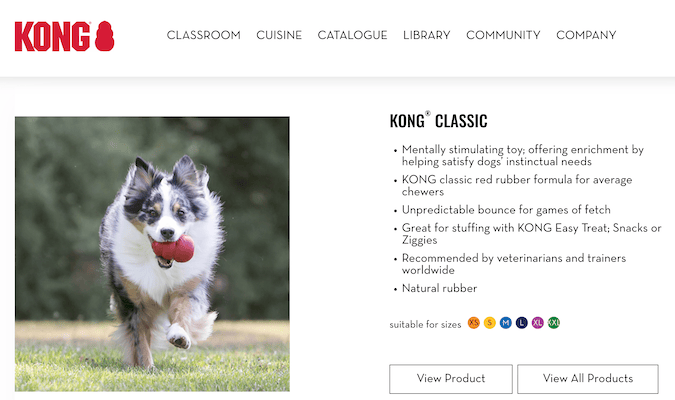
An effective product description provides users with essential information to help them make informed decisions. It highlights the unique features and benefits that set your product apart from competitors.
You can also create desire with a product description. The trick is to make it all about the user and what they stand to gain from the purchase.
Informative and Trustworthy Content
Providing informative content establishes your authority and credibility in your niche. You can also position your brand as a valuable resource by providing articles or blog posts that address user pain points. Your FAQs page can also be packed with information to address common user concerns and doubts. A well-built Resources section shows that you know your audience and can be the gentle push you need to steer users into taking a desired action.
Advanced CRO Techniques
Let’s take CRO a notch higher by exploring other techniques that can make a significant difference in your pursuit of maximizing conversion rates.
Here are some advanced CRO techniques:
Exit-Intent Pop-ups for Last-Minute Engagement
Have you ever tried to leave a website before, and then suddenly, special deals or discounts popped up? That’s the exit-intent-pop up. They are tools that you can use to re-engage users as they are about to leave your site.
Take a look at this exit-intent popup that can stop visitors in their tracks when attempting to leave a website:
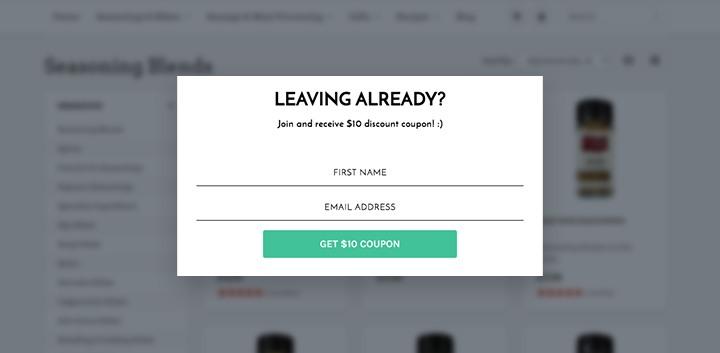
You can use these pop-ups to offer special deals or incentives, generate leads by offering free resources, or even for abandoned cart recovery by offering special discounts to complete the purchase.
Personalization and Recommendation Engines
Personalization is about tailoring the user experience based on individual preferences and behavior. Recommendation engines can provide a personalized user experience for each user by analyzing user data to suggest products that are likely to resonate with them.
For example, you can recommend products to different users based on the items left in the cart or the products viewed. This way, you can make shopping faster, reduce bounce rates, and increase conversions.
Chatbots and Live Chats
AI chatbots and live chat support are valuable tools that provide real-time support for visitors. They offer instant support at any time of the day and reduce the chances of users leaving due to unanswered questions. A highly efficient chatbot can also analyze user preferences and behavior to offer personalized recommendations, increasing the likelihood of conversions.
The recent advancements in chatbot technology have been nothing short of revolutionary. They now offer a personalized user experience based on individual preferences and behavior, which is crucial for hoisting conversion rates skyward in 2023.
Utilizing Retargeting and Remarketing
Retargeting is a marketing strategy aimed at users who have previously visited your website but did not convert. Then, you send web campaigns targeting past visitors to remind them of your products, encouraging them to return and complete a conversion. This strategy is more effective when you target users who visit your highest-converting web pages, like the landing or checkout pages.
For this strategy to work, you must create personalized ads with compelling copies, visually appealing images, and mouth-watering incentives.
To summarize everything we talked about in this article, here is a fresh video from Shopify
How Juphy Can Help to Optimize Conversion Rate
Increasing your conversion rate and taking steps to succeed in your online business involves strategic choices, and Juphy’s ChatGPT-powered AI Agent for Shopify can serve as a valuable and cost-effective partner in achieving these goals. Effortless integration combined with an increase in sales, makes it an essential tool for your conversion rates. Plus, with its ‘Built for Shopify’ badge, Juphy AI can be managed directly from the Shopify dashboard.
Explore the features that can help your business thrive:
Crafting Personalized Shopping Experiences
Transforming customer journeys into unique and memorable experiences is key to raising conversion rates. Juphy AI remembers each customer’s taste, prior purchases, and preferences, and combines it with their browsing history to deliver personalized suggestions, creating a shopping experience that stands out.
Sales and Support
Beyond basic chatbot functions, Juphy’s AI Agent is a dedicated companion throughout your customer’s shopping trip. Offering quick solutions to FAQs, and common queries such as return policies, shipping, discounts, and product comparisons and care, it seamlessly contributes to your conversion rate with the excellent support it provides, saving you valuable time.
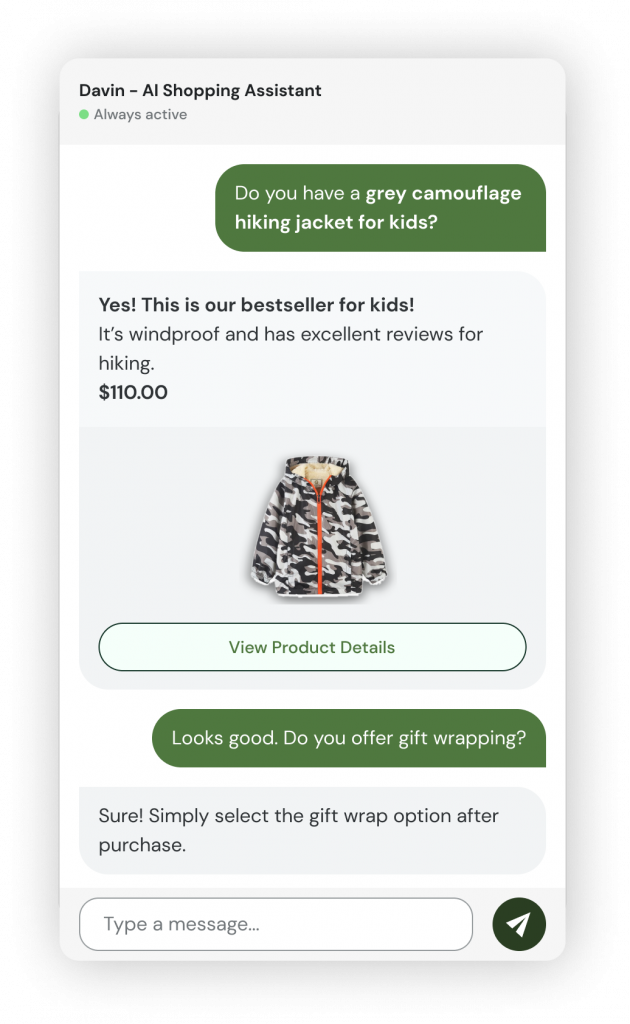
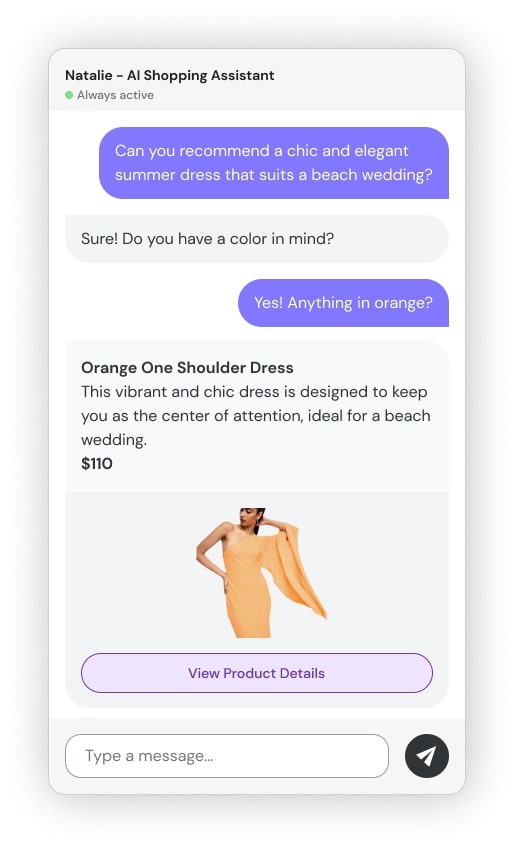
Tracking Crucial Conversations
A solid foundation for success involves tracking and understanding important conversion information. To collect all essentials in one place, Juphy’s Unified Inbox becomes a command center. It effortlessly helps trace customer activities and key data like Shopify or social media-driven visits, final purchase data, and chatbot interactions, providing valuable insights for strategic analysis.
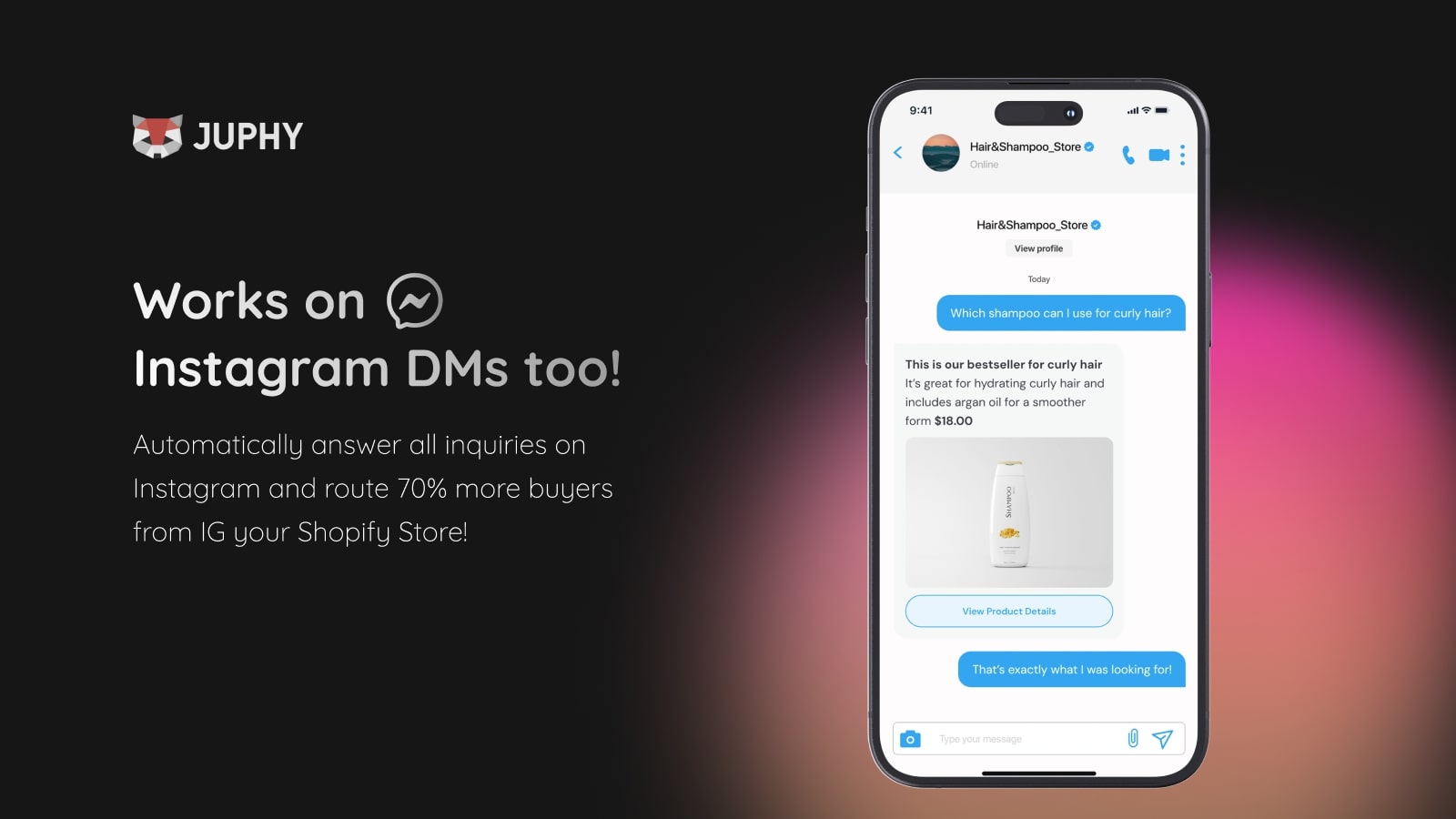
Wrapping Up
Conversion rate optimization (CRO) is the absolute game-changer when making conversions on your website and ultimately boosting sales.
It’s an ongoing process that you need to continually optimize by tracking key metrics like macro- and micro-conversion rates and CTA conversions, among the others discussed in this guide.
To optimize your conversion rate, you can take advantage of advanced technologies such as exit-intent pop-ups or highly sophisticated and effective AI chatbots like Juphy’s.
You can also implement proven strategies, such as enhancing the product and checkout pages to streamline the entire conversion funnel stages and maximize conversion rates.

